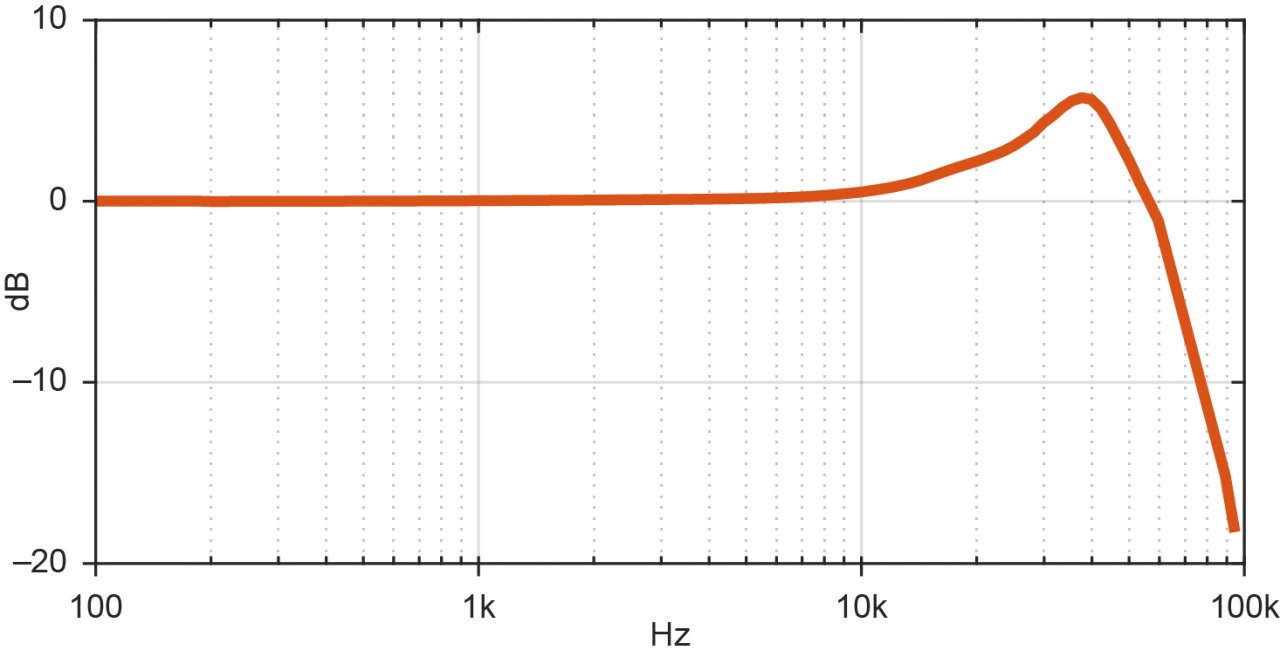Remove the grid for better data
Measurement microphones are highly specialized and fine-tuned devices designed for sensing minute dynamic variations in the ambient pressure. These variations are so small that measurement microphones use a very thin (only a few micrometers thick) metal foil as a diaphragm to be able to sense those variations. The thinness of the diaphragm allows it to deform even when the excitation is extremely small, making the detection of pressure variation possible even at very low sound pressure levels.
One of the disadvantages of having this thin diaphragm is its fragility. Any sharp object pressed against the diaphragm can puncture it and destroy the microphone’s sensing capability. No one wants to lose an expensive measurement microphone to an errant encounter with some keys or a pen, so microphones have historically been delivered with a protection grid. Protection grids are designed to be acoustically transparent at low frequencies. However, at higher frequencies, protection grids act as a resonator and have a noticeable influence on the frequency response.
Typically operating at frequencies where the grid is acoustically transparent, ½″ microphones are optimized to be used with the protection grid, which simplifies setup and is easier to operate in the field.
However, for high-frequency measurements, ¼″ and ⅛″ microphones are the preferred microphones. The issue begins with frequencies around 20 kHz and above. Here the wavelength is so small that the space between the protection grid openings can cause resonance. This problem becomes more pronounced the smaller the microphone diameter is.
To further complicate the issue, a standard correction calculation is not a feasible solution. The correction calculation is problematic for two main reasons.
- Tolerance variation in the distance between the grid and the diaphragm.
- Tolerance variation in grid size and geometry.
Both of these factors influence the resonance peak location and are difficult to predict.
Therefore, ¼″ and ⅛″ microphones are optimized to be used without the protection grid in order to obtain accurate high-frequency data. So don’t forget to remove the protection grid when measuring.










